12 Quick-growing Veggies Perfect For Planting In September
September is the perfect time to start planting vegetables that thrive in cooler temperatures and can be harvested in just a few weeks. With the right crops, you can enjoy fresh produce well into the fall season. These quick-growing options are ideal for gardeners looking to make the most of the cooler weather, offering fast yields and minimal effort. Whether you’re a seasoned gardener or just getting started, these vegetables are easy to grow and perfect for a productive autumn garden.
This post may contain affiliate links, which helps keep this content free. Please read our disclosure for more info.
Arugula
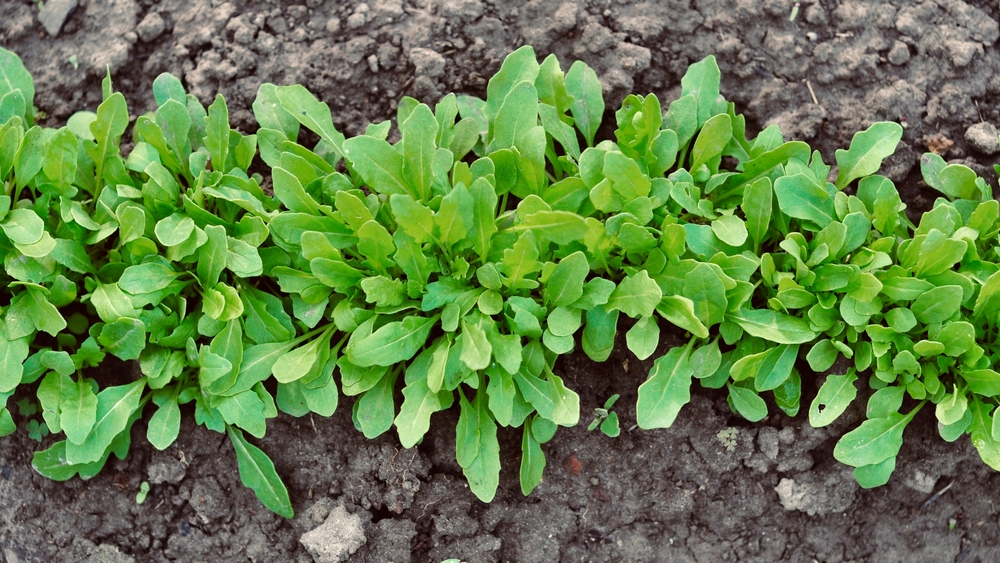
Arugula is an excellent choice for a fall garden, thriving in cooler temperatures. It grows rapidly, often reaching harvestable size in just 30 days. This leafy green prefers partial shade and grows well in well-drained soil, making it adaptable to various garden environments. Arugula’s distinct peppery flavor adds a kick to salads, sandwiches, and even pasta dishes, making it a versatile addition to any kitchen.
Its ability to withstand light frost means it can continue producing throughout the fall season, giving gardeners a steady supply of fresh greens. Because it matures quickly, arugula is perfect for a September planting when the days are getting shorter and the temperatures are dropping. As long as it is kept moist and well-maintained, you can enjoy arugula well into the cooler months.
Cilantro
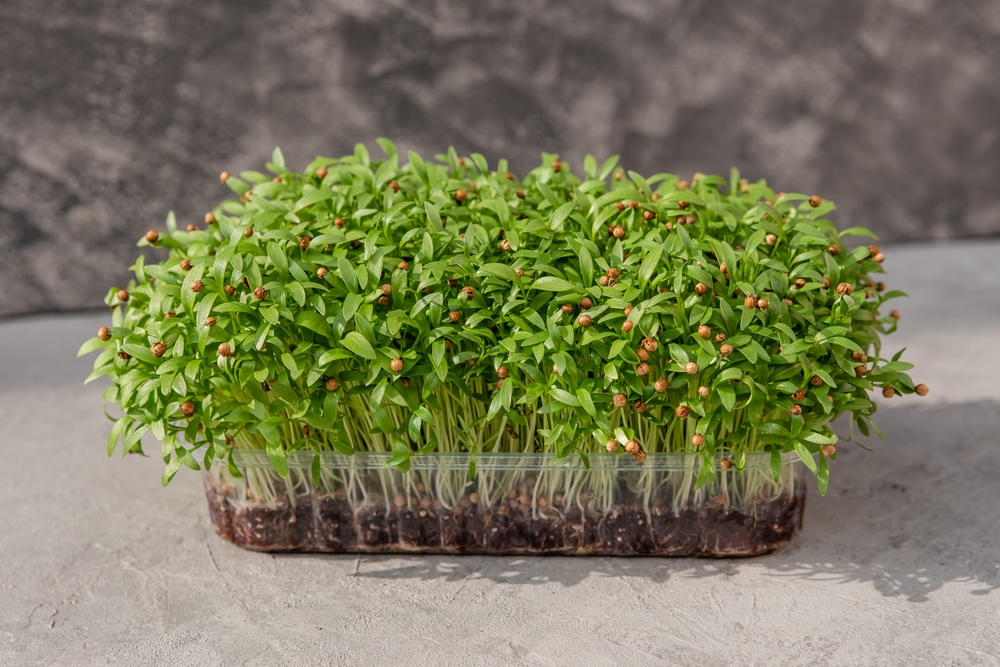
Cilantro, also known as coriander, is a fast-growing herb that thrives in cooler fall temperatures. It can be harvested in as little as 40 days, making it a great option for late-season planting. This herb prefers well-drained soil and can tolerate partial shade, which is perfect as the sunlight weakens in September. The fresh, aromatic leaves can be used in a variety of dishes, adding a refreshing burst of flavor to everything from salsas to soups.
Cilantro tends to bolt quickly in hot weather, but the cooler temperatures of autumn extend its growing period, allowing it to stay in leaf longer. If planted in September, cilantro will thrive in the cooler fall air and can be harvested multiple times before the first frost. The leaves are delicious, and when allowed to flower, the seeds (coriander) can be harvested and used in cooking as well.
Radishes
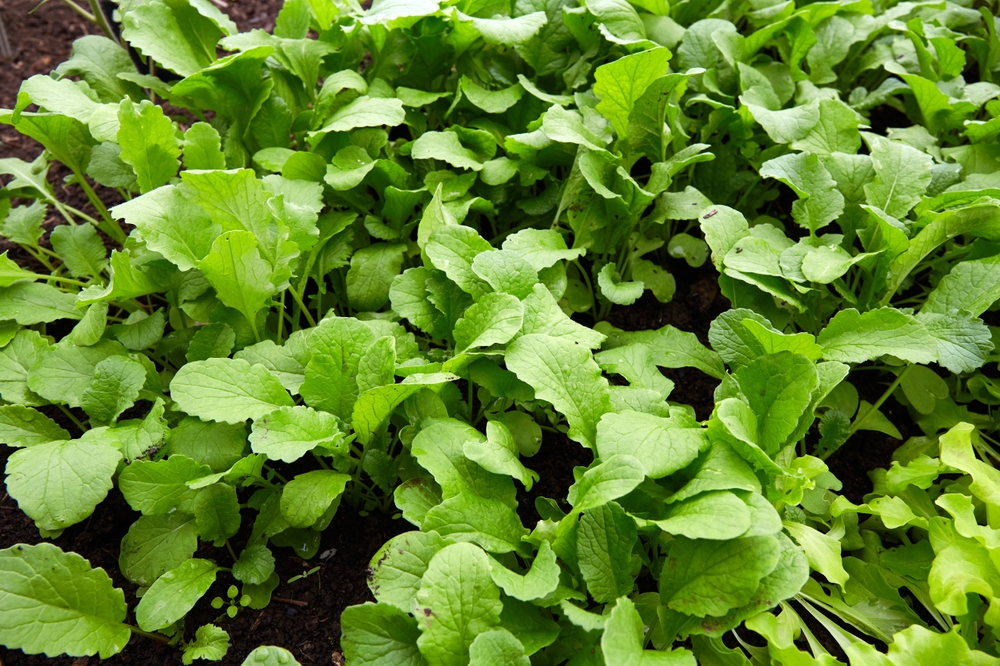
Radishes are one of the quickest-growing vegetables, often maturing in just 25 to 30 days. They prefer the cool weather of early fall, which helps them grow rapidly while maintaining a crisp, refreshing texture. These small root vegetables are easy to plant and require minimal care, making them a great choice for gardeners with limited time or space. Radishes are also great for succession planting, allowing you to sow new seeds every few weeks for a continuous harvest.
Since radishes thrive in the cooler temperatures of fall, they can be planted in September and harvested before the frost arrives. They grow best in loose, well-drained soil and should be watered regularly to prevent the roots from becoming tough. Whether you enjoy them raw in salads or pickled, radishes offer a quick and satisfying crop for any garden.
Spinach
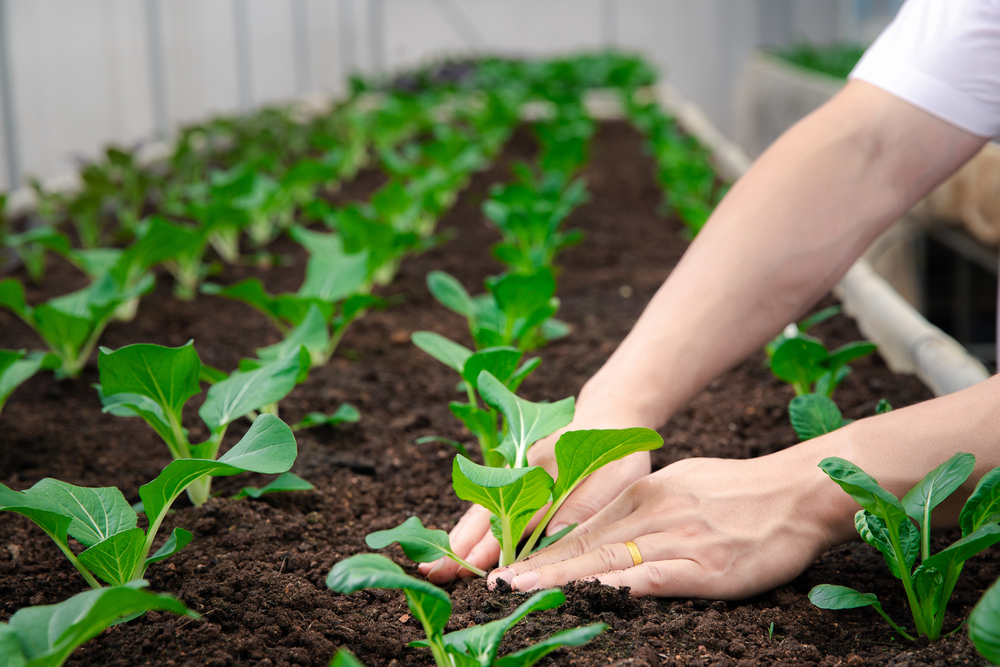
Spinach is another fast-growing vegetable that thrives in cooler temperatures, making it an ideal crop for September planting. It can be harvested in as little as 40 days, providing a nutritious addition to fall meals. Spinach prefers soil that is rich in organic matter and grows best in partial to full sunlight, making it adaptable for different garden setups. The tender, dark green leaves are packed with nutrients, including iron, calcium, and vitamins A and C.
September is a great time to plant spinach because it grows quickly and can withstand light frost. Planting it in the fall ensures that you can harvest fresh spinach right before the first hard frost. For a continuous harvest, consider sowing multiple rounds of spinach seeds every two weeks, ensuring fresh greens throughout the fall season.
Lettuce
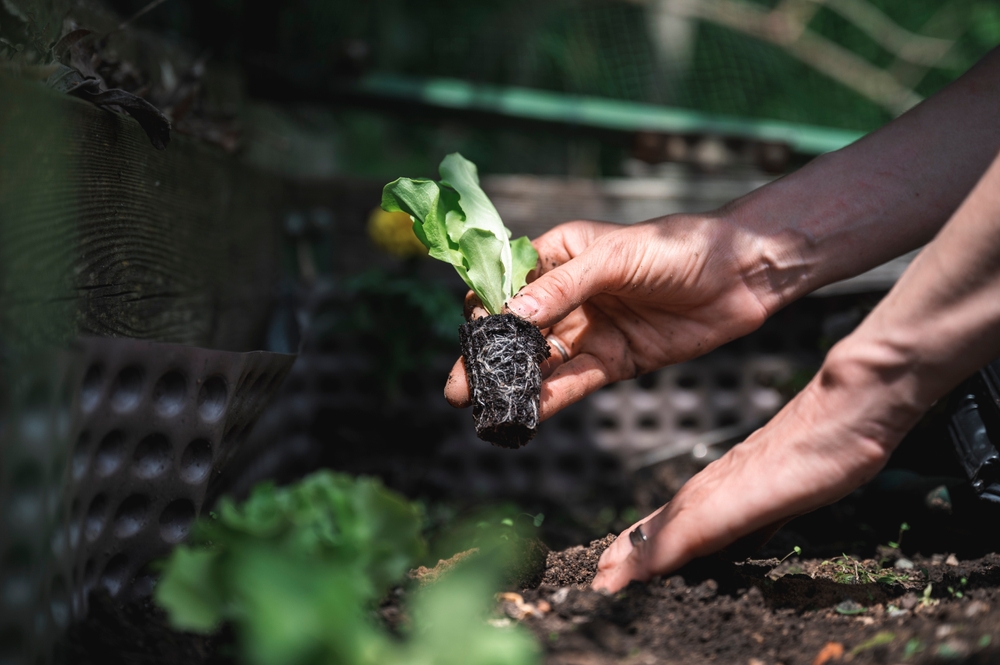
Lettuce is a cool-season crop that grows quickly and is well-suited for September planting. With many varieties maturing in as little as 30 days, lettuce provides a fast and easy crop to harvest. It prefers moist, well-drained soil and partial shade, which is perfect as the temperatures begin to cool. The crisp, tender leaves make lettuce ideal for salads, sandwiches, and wraps, adding a refreshing crunch to meals.
Lettuce is perfect for growing in cooler fall weather, as it tends to become bitter and bolt when exposed to heat. By planting in September, you ensure that your lettuce will thrive in the mild temperatures of autumn, giving you fresh greens to enjoy before the frost. Lettuce varieties like butterhead, romaine, and leaf lettuce are all excellent choices for fall planting.
Mustard Greens
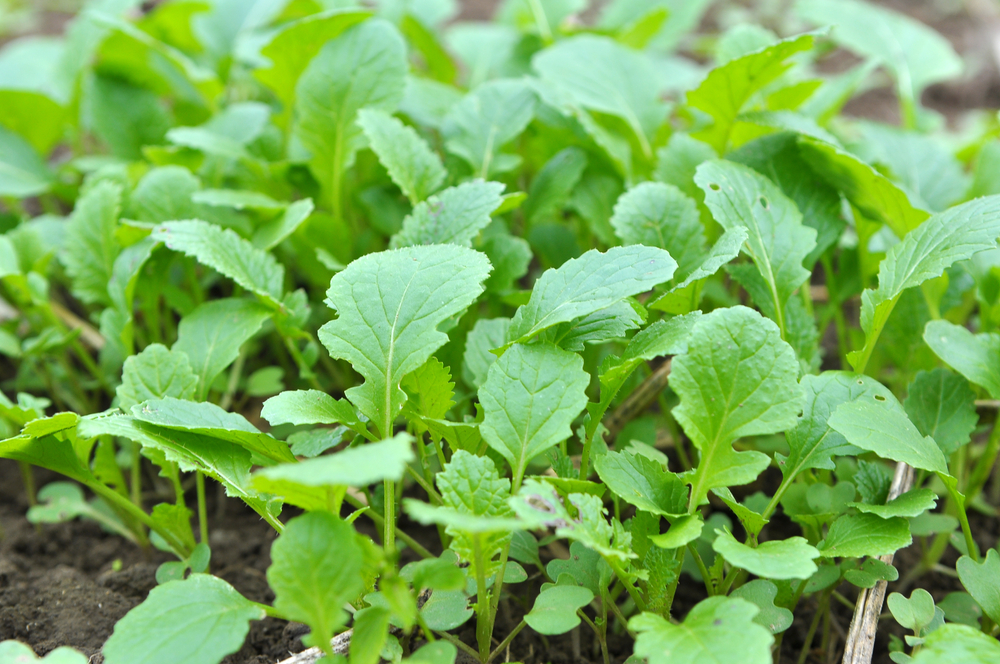
Mustard greens are a fast-growing, cool-season vegetable that thrives in the fall. With a growth cycle of 30 to 40 days, these peppery, nutritious greens can be ready to harvest quickly after planting. Mustard greens grow best in fertile, well-drained soil and are perfect for planting in the cooler temperatures of September. Their spicy flavor adds a punch to salads, stir-fries, and soups, making them a great addition to fall dishes.
The cooler fall weather helps mustard greens develop their full flavor without becoming too bitter. They are relatively low-maintenance and can withstand light frost, making them perfect for fall gardening. Mustard greens are also highly nutritious, packed with vitamins and minerals like vitamin K, A, and C, as well as iron and calcium.
Peas
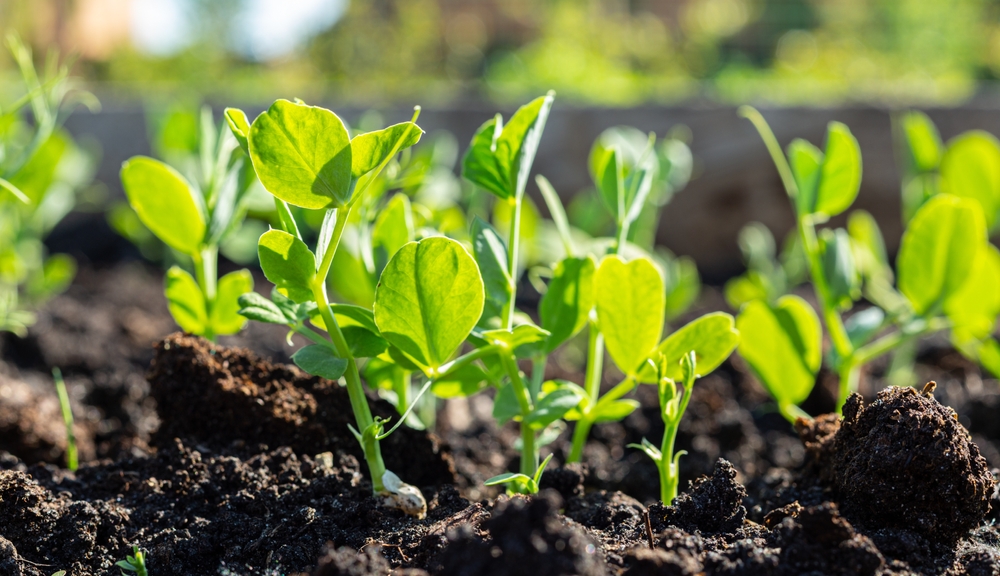
Peas are a cool-season vegetable that grows quickly and thrives in September. They can be harvested in 50 to 60 days, making them an excellent choice for a fall crop. Peas prefer well-drained soil and can tolerate the cooler temperatures of autumn. They are a great source of plant-based protein and add a sweet, earthy flavor to salads, soups, and stews.
September is an ideal time to plant peas because they mature before the frost sets in. Planting peas in the fall allows you to enjoy a fresh crop of peas during the cooler months, and their vines are relatively easy to support with a simple trellis or stake system. The cool fall weather encourages healthy growth and flavorful peas, perfect for harvesting in late fall.
Turnips
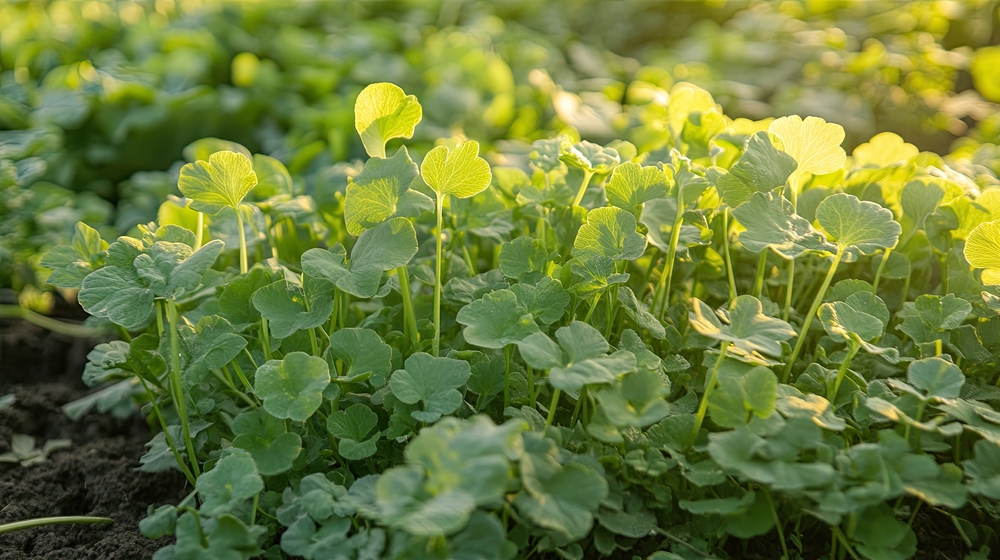
Turnips are an excellent choice for fall gardens, as they grow quickly and thrive in cooler weather. They can be harvested in just 30 to 60 days, making them perfect for planting in September. Turnips grow best in well-drained, fertile soil and require regular watering to prevent their roots from becoming too woody. Their tender greens can be eaten as well, making turnips a versatile addition to any fall garden.
September planting ensures that turnips will have enough time to mature before the first frost. The cool temperatures of fall help keep the roots tender and flavorful, making them ideal for roasting, mashing, or adding to soups. The quick-growing nature of turnips makes them perfect for gardeners looking for a fast, rewarding crop.
Carrots
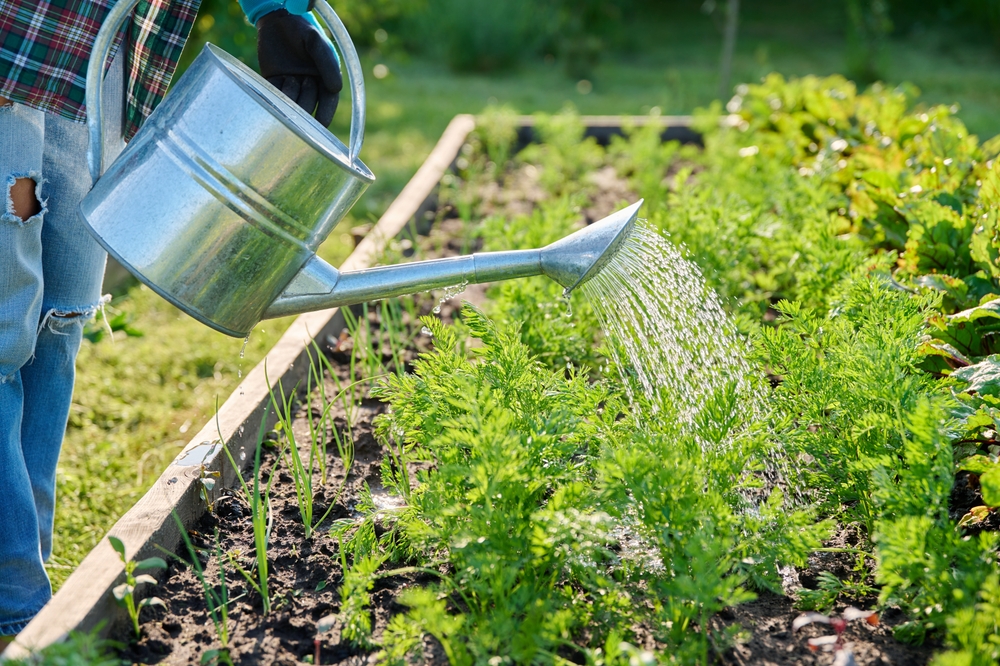
Carrots are well-suited for fall planting, as they thrive in the cooler temperatures of autumn. Depending on the variety, carrots can be harvested in 50 to 60 days. These root vegetables grow best in deep, loose soil that allows the roots to develop properly. Carrots add a natural sweetness to dishes and are perfect for snacking or cooking in soups and stews.
Carrots planted in September will mature before the frost arrives, giving you a harvest of tender, sweet roots. The cool weather prevents the carrots from becoming too tough or woody, resulting in a satisfying crop. With proper care and maintenance, carrots will grow quickly, providing a delicious and nutritious addition to your fall garden.
Swiss Chard
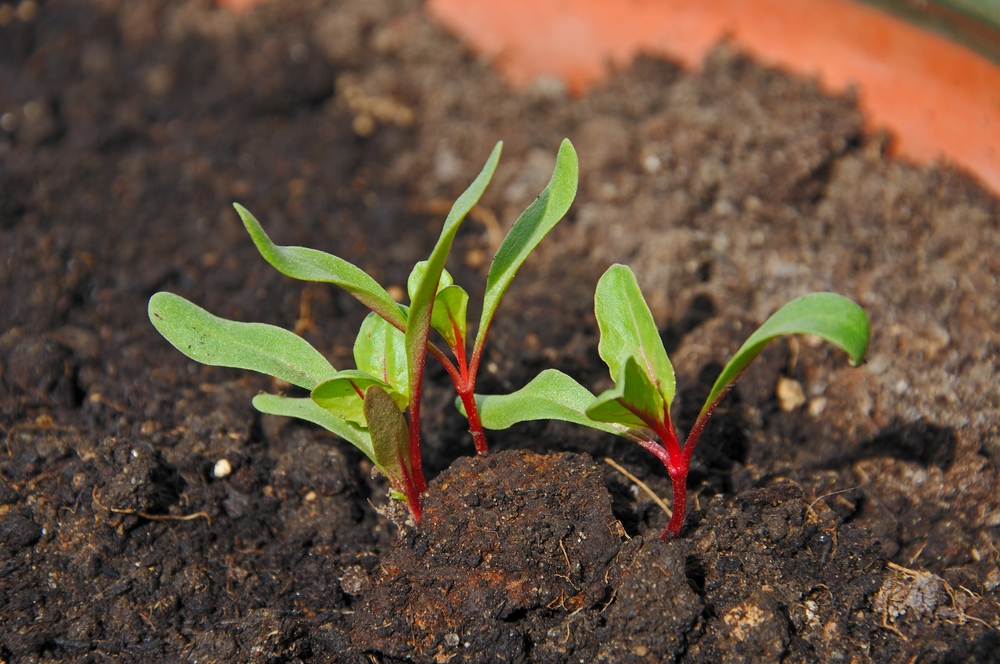
Swiss chard is a nutrient-packed leafy green that grows well in the cool temperatures of fall. It can be harvested in as little as 50 days, making it a fast-growing option for September planting. Swiss chard prefers well-drained, fertile soil and can tolerate partial shade. Its colorful stems and large, nutrient-rich leaves make it a beautiful and edible addition to any fall garden.
September is an ideal time to plant Swiss chard because it thrives in cooler weather. The plant’s ability to withstand light frost means that you can continue harvesting well into the fall. Swiss chard is also highly nutritious, packed with vitamins A, C, and K, and is a great source of minerals like magnesium and potassium.
Kale
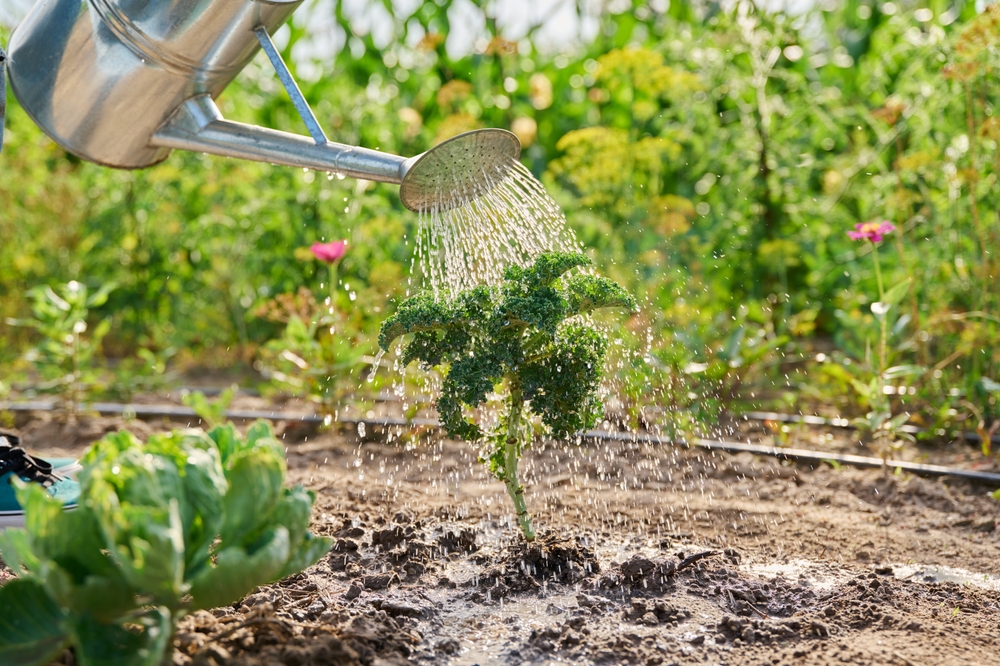
Kale is another hardy, cool-season vegetable that thrives in September. This leafy green grows quickly, with many varieties maturing in 50 to 60 days. Kale prefers fertile, well-drained soil and can tolerate the cooler temperatures of autumn. Its hearty leaves are packed with nutrients, including vitamins A, C, and K, and can be used in salads, soups, and smoothies.
Kale is ideal for planting in September because the cooler fall weather helps it grow without becoming too bitter or tough. It is also frost-tolerant, so you can continue harvesting fresh leaves throughout the fall season. The plant’s rapid growth and high nutritional value make it a great addition to a fall garden.
Broccoli
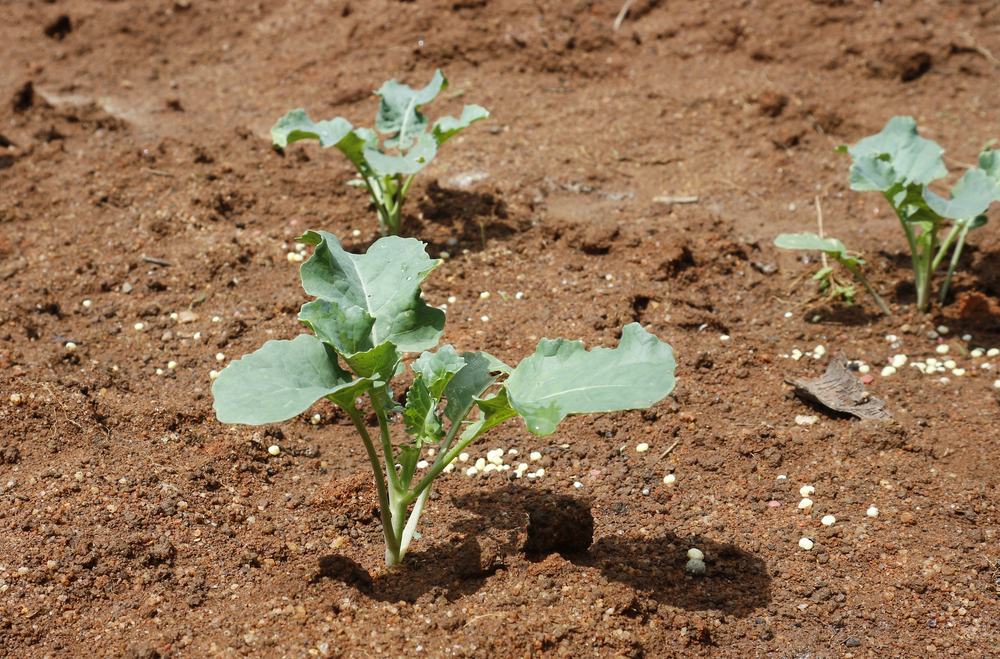
Broccoli is a cool-season vegetable that grows well in the fall and can be harvested in 50 to 60 days. It prefers well-drained, rich soil and needs full sunlight to grow properly. Broccoli can be grown in September for a quick, satisfying harvest before the first frost. Its crisp, nutrient-dense florets are excellent in stir-fries, salads, or steamed as a side dish.
September planting ensures that broccoli will thrive in the cooler fall temperatures, which help it develop tender, flavorful heads. The plant’s ability to tolerate light frost means you can continue harvesting broccoli into the cooler months. Growing broccoli in the fall provides a delicious and nutritious vegetable for a fall garden.
This article originally appeared on Avocadu.
